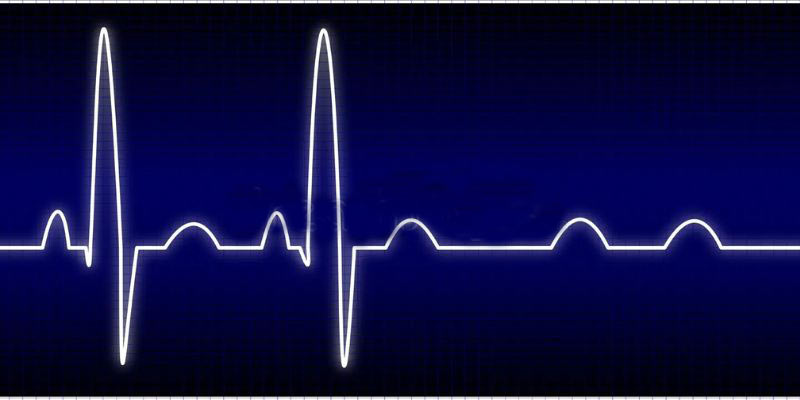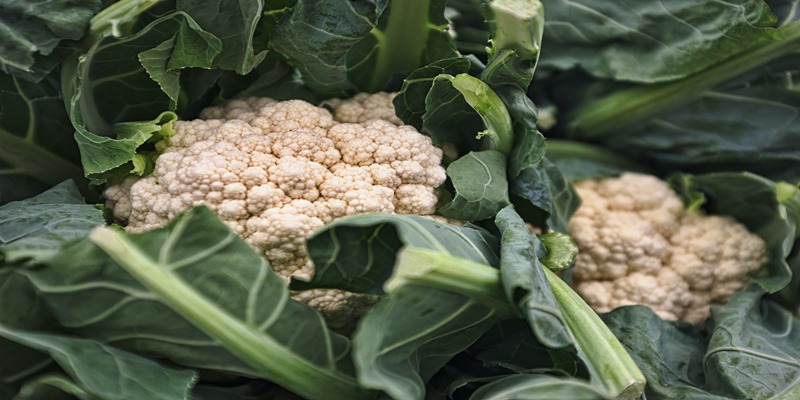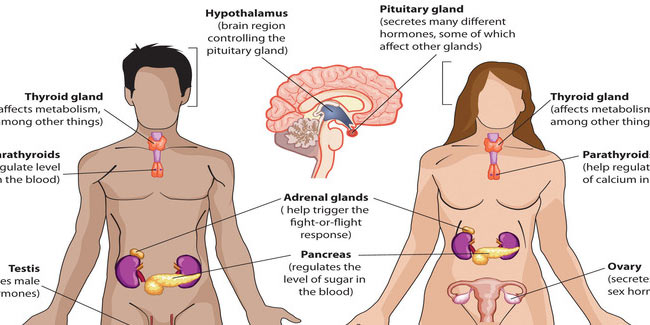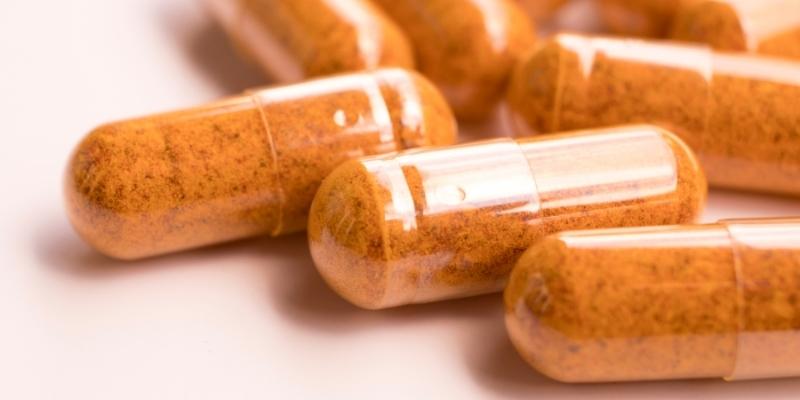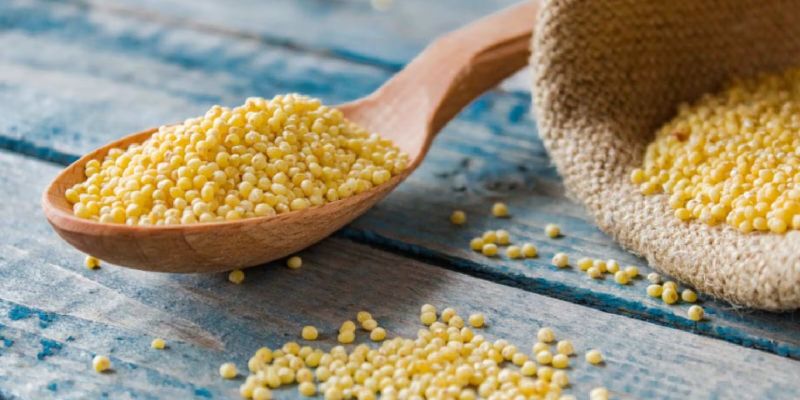It’s a phenomenon that almost all long distance runners are familiar with: runner's trots. This is the uncomfortable feeling that strikes during and after running, making you feel like your stomach has been twisted up in knots or giving you feelings of nausea or bloating. Runner’s trots can be mildly irritating or extremely painful. If it strikes while on a run, it can stop even experienced athletes in their tracks, leaving them doubled over and feeling miserable.
But fear not understanding what causes this symptom and learning how to manage it prevents the issue from cropping up again! In this blog post we will discuss the ins and outs of runner's trots.
What is Runner's Trots and How Does It Affect Exercise Performance?

Running can be a great form of exercise, but for some individuals, it can lead to a rather unpleasant experience known as "runner's trots."
This condition is characterized by symptoms such as:
- Diarrhea
- Stomach cramps
- Nausea
Which can greatly affect exercise performance. The exact cause of this condition is not clear, but it is believed to be related to the impact of running on the gastrointestinal system.
Studies have suggested that certain factors such as dehydration and a high fiber diet may contribute to the development of runner's trots. Despite this, it is important to note that it is a common problem and with the right precautions, it can be managed effectively.
Warning Signs Of Runner's Trots:
The causes of Runner's Trots aren't entirely clear, there are a few warning signs to watch out for.
- Feeling gassy or experiencing stomach cramps before setting out on your run
- Sudden urges to go during exercise
- Feeling unwell after running are all indications that Runner's Trots may be a concern.
It's important to listen to your body and take steps to mitigate any symptoms to avoid discomfort during or after your run.
Causes of Runner's Trots:
As any experienced runner knows, there are few things more frustrating than feeling the urge to go to the bathroom mid run. Unfortunately, this phenomenon, known as Runner's Trots, affects many athletes every year. While the exact cause of Runner's Trots is not known, there are several factors that may contribute to it.
- One theory is that the repetitive motion of running, particularly bouncing up and down, can cause the intestines to contract and push stool through the system more quickly.
- Another possible cause is the redirection of blood flow away from the intestines and towards the muscles during exercise, which can make digestion more difficult.
Prevention Tips for Runner's Trots:
The good news is that there are ways to prevent this uncomfortable experience from happening.
- Staying properly hydrated
- Avoiding fatty and high fiber foods before running
- Gradually increasing mileage
These are just a few tips that can make a significant difference. With these easy steps, runners can focus on enjoying their workout without worrying about any embarrassing distractions.
Treatment Options For Dealing With Runner's Trots:
- Hydration: The most effective way to counteract runner's trots is to hydrate well. Make sure you are drinking plenty of water before your runs, during your runs, and after your runs to avoid dehydration which can lead to cramps, nausea, and other gastrointestinal issues.
- Food Intake: Eating a healthy diet that consists of a balance of whole grains, fruits and vegetables can help regulate blood sugar levels which can help prevent runner's trots. Additionally, it is also important to consume adequate amounts of electrolytes in order to keep your body hydrated and functioning properly.
- Cool Down: Make sure you take the time to cool down properly after your run. This will help reduce lactic acid build-up that can cause cramping and gastrointestinal issues such as runner's trots. Additionally, stretching or foam rolling can help relax the muscles and improve recovery.
Tips For Reducing The Risk Of Developing Runner's Trots In The Future:

- Avoid Eating Before Exercise: Eating a large meal before exercise can increase the risk of developing runner's trots. It is best to wait at least two hours after eating before you begin exercising.
- Drink The Right Fluids: Make sure you are drinking plenty of water throughout your run, but also stay away from drinks that contain high amounts of sugar or caffeine which can cause gastrointestinal distress.
- Adjust Your Pace: If you are feeling discomfort in your stomach, slow down and give yourself a break. This will help reduce the amount of stress on your body and digestive system.
- Stretch and Warm Up: Make sure to stretch before and after each workout session to help prevent cramping which can lead to runner's trots. Additionally, take the time to properly warm up before beginning your run in order to help reduce the risk of any gastrointestinal issues.
Conclusion:
While Runner’s Trots can be incredibly unpleasant and should always be taken seriously by athletes, there are several methods of prevention and treatment to reduce the chances of experiencing it in the future. It is important for athletes to pay attention to their bodies, remain hydrated, and not overwork themselves or push too hard without allowing proper adjustment time. Taking all these considerations into account can help athletes prevent the symptoms of runner's trots and perform their best with confidence.


